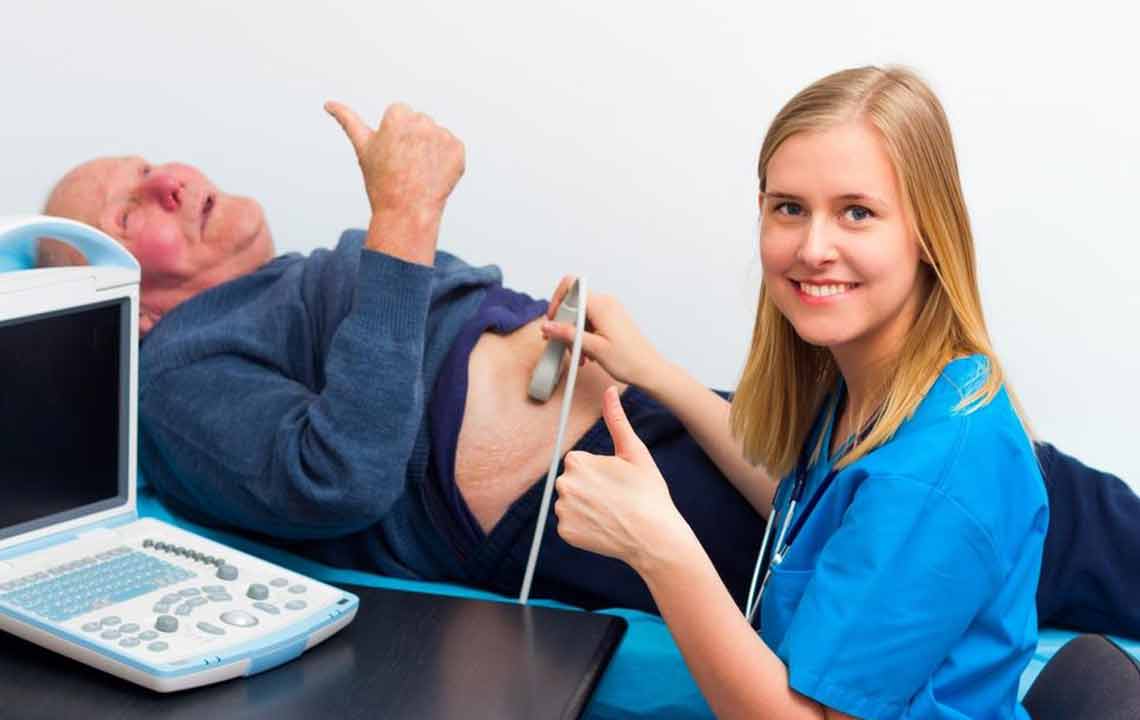Effective Non-Surgical Remedies for Hernia Management and Relief
This comprehensive guide explores non-surgical methods for managing hernias, emphasizing targeted exercises, dietary adjustments, and lifestyle changes to prevent progression and alleviate symptoms. With practical tips and natural remedies, individuals can strengthen their abdominal muscles and reduce reliance on invasive procedures, promoting healthier living with hernia concerns.

Non-Invasive Strategies to Alleviate Hernia Symptoms
A hernia is a common health issue affecting millions worldwide, especially among adults. It occurs when weakened muscular tissues allow internal tissues, such as fat or intestines, to protrude through the muscular wall, creating a visible bulge. This condition can develop gradually due to multiple factors, including strain, obesity, and weakened abdominal muscles. Studies suggest that approximately 10% of individuals will experience a hernia at some point in their lives, making it a significant concern for adult health management.
While surgical interventions like hernia repair surgery are often necessary in advanced cases, there are numerous early-stage hernias that can be effectively managed through natural, non-invasive methods. Recognizing early warning signs such as minor swelling, discomfort, or localized pain can lead to timely interventions that prevent hernia progression. Furthermore, adopting specific exercises, dietary modifications, and lifestyle changes can serve as powerful tools for those seeking to avoid or delay surgery, reduce recovery time, and improve overall core strength.
Prioritizing non-surgical approaches involves strengthening the abdominal wall, enhancing blood circulation, and maintaining healthy body weight. These measures can significantly diminish symptoms and prevent further tissue protrusion. Engaging in targeted exercises designed to boost core muscle strength can help hold internal organs in their proper position, contributing to long-term hernia management. Equally important are dietary strategies that support tissue repair and reduce internal pressure, thereby reducing the likelihood of hernia enlargement.
Proven Exercises to Support Hernia Relief
Leg Crossing Exercise
Lie flat on your back on a comfortable surface, ensuring your body is relaxed.
Place your hands gently over the affected hernia area—typically the lower abdomen or groin.
Lift both legs simultaneously, approximately two feet off the ground, keeping them straight.
Begin an alternating movement: raise the right leg while lowering the left, then switch—mimicking a pedaling motion.
Perform this movement slowly and controlled, completing at least ten repetitions on each side.
Gently lower legs back to the ground and relax.
This exercise helps prevent further protrusion by stabilizing the hernia site and strengthening pelvic and abdominal muscles.
Single Leg Raise with Movement
Lie flat on your back with your hands supporting the hernia-prone area for comfort.
Slowly lift one leg, maintaining it straight, until it reaches a comfortable height—about six inches from the ground.
Hold briefly, then lower the leg smoothly without touching the ground.
Repeat the movement with the other leg, alternating at a steady pace for about ten minutes.
Consistent practice enhances lower abdominal muscle strength and improves support to weakened tissues.
Tree Pose (Tadasana) for Balance and Core Stability
Stand upright with feet shoulder-width apart.
Shift your weight onto one foot, bending the opposite knee and grasping the ankle with your hand.
Place the foot against the inner thigh of the standing leg, avoiding the knee joint.
Keep your pelvis neutral and press the foot into the thigh gently, engaging your core muscles.
Bring your palms together in a prayer position at your chest, focus your gaze on a fixed point ahead, and hold the pose for about one minute.
Switch sides and repeat to strengthen balance, stability, and core engagement necessary for hernia management.
Supplemental Dietary and Natural Remedies
In addition to exercises, dietary choices play a crucial role in managing hernias. Consuming foods rich in vitamin C—like citrus fruits, bell peppers, kiwi, and strawberries—supports collagen synthesis, aiding in tissue strengthening. Incorporating quality proteins such as lentils, chicken, fish like tuna, and dairy products helps rebuild and repair weakened muscles.
High-fiber foods, including fresh fruits, leafy greens, and whole grains, promote healthy digestion and prevent constipation, which can exacerbate hernia symptoms. Herbs like Shepherd's herb have been traditionally used to reduce swelling and inflammation; taking these as herbal pastes or supplements may assist in strengthening the abdominal walls.
Other supportive methods include colon cleansing to reduce internal strain, managing body weight to lessen abdominal pressure, and using hernia trusses or supportive belts to temporarily stabilize the protrusion. However, these should be used as auxiliary measures alongside lifestyle modifications, as they do not replace medical treatment or surgery in advanced cases. Patience and consistency in practice are necessary for noticeable benefits, as muscle repair and tissue strengthening require ongoing effort.




